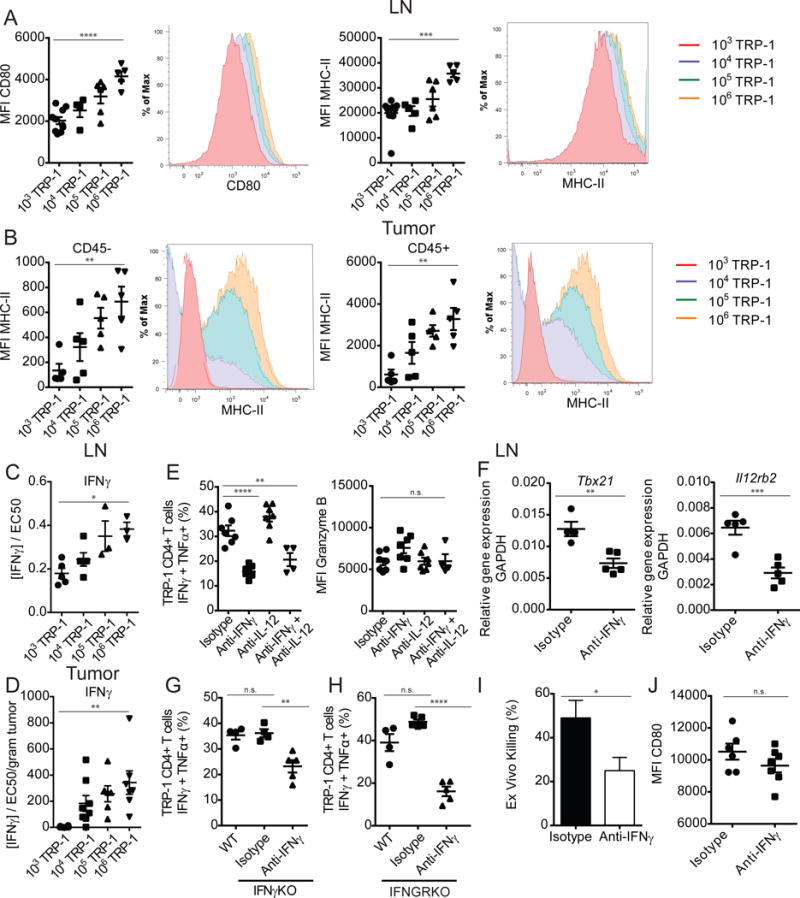Figure 7. Generation of polyfunctional effector phenotype is associated with helper function of tumor specific CD4+ T cells.

Tumor bearing adoptive hosts that had received adoptive transfer of 103, 104, 105, or 106 TRP-1 CD4+ T cells were characterized. (A) MFI of CD80 and MHC-II expression on d7 p.t. Cd11b+Cd11c+ LN dendritic cells, summary (right) and representative histogram plots (left). (B) MFI of MHC-II expression on CD45− and CD45+ tumor populations, summary (right) and representative histogram plots (left). (C) Quantification of IFNγ concentration in LN and (D) tumor homogenates, calculated to demonstrate activity as a function of half-maximal response of mIFNγ (n=3–5 mice/group). (E) D7 p.t. lymphocytes were isolated from LN of treated WT tumor bearing mice and restimulated with PMA/ionomycin, summary of percentage of IFNγ+ TNFα+ TRP-1 CD4+ T cells in LN, MFI IFNγ, granzyme-B respectively. (F) D7 p.t. TRP-1 CD4+ T cells were sorted from LN of treated mice directly into Trizol for RNA extraction and qRT-PCR analysis of targets Tbx21, Il12rb2. (G) As described in (E) for IFNγ knockout mice and (H) IFNGR knockout mice. (I) TRP-1 CD4+ T cells were sorted from LN of treated mice on d7 p.t. and co-embedded with B16 in an ex vivo killing assay, percentage of B16 killed. (J) CD80 expression on LN Cd11b+Cd11c+ dendritic cells of mice treated with IFNγ neutralization. Data are representative of three independent experiments. Data are represented as mean ± SEM.
See also Figure S5
